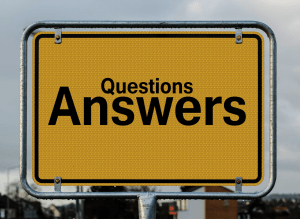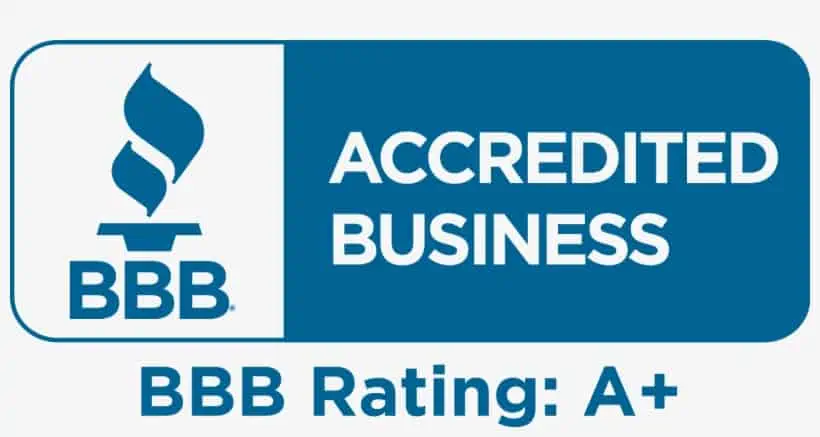
Intended to strengthen the nations retirement system, now that both the House of Representatives and the Senate have passed the Setting Every Community Up for Retirement Enhancement (SECURE ACT) and President Trump signed it into law on December 20, 2019 as part of the government’s spending bill (Further Consolidated Appropriations Act, 2020), the following items of the SECURE ACT have the most impact on Solo 401k Plans, ROBS 401ks & IRA LLCs.
- Click HERE to learn more about the Solo 401k Tax Credit
- Start-up Tax Credit: For 2020 and subsequent taxable years, the retirement plan start-up tax credit increased from $500 to $5,000 per year for small employer plans including ROBS 401k plans that also have common-law employee participants. This credit is available for the first 3 years the plan is in operation.
- RMDs: Delays required minimum distributions (RMDs) from IRAs, solo 401k plans and ROBS 401k plans to age 72. This new rule is effective for distributions required in 2020 and subsequent years, for those who reached age 70 1/2 in 2020 or a subsequent year. Therefore, Solo 401k participants and IRA owners reaching age 70½ in 2020 will not have to take their first RMD in 2020 since the RMD deadline has been extended to age 72. This means solo 401k participants who reached age 70 1/2 in 2019 would need to still take their RMDs in 2020 unless the IRS releases any further guidance in 2020.
- IRA Contributions: Traditional IRA contributions can now be made at any age; under prior law contributions could not be made once the IRA participant reached age 70 1/2. This will result in more back door Roth IRAs since after-tax contributions can also be made to IRAs.
- Stipend and Fellowship Payments: Treats certain graduate student taxable stipend and fellowship payments—and certain difficulty-of-care payments, as eligible compensation for IRA contribution purposes.
- Part-Time Employees: Effective for tax year 2021 (beginning January 1, 2021), ROBS 401k plans and solo 401k plans will need to be offered to part-time employees who have three consecutive 12-month periods of 500 hours of service and who satisfy the plan’s minimum age requirement. Hours of service during 12-month periods beginning before January 1, 2021, are not taken into account for this rule. This would only affect elective deferrals. See Section 112 of the ACT for more information.
- 10% Exception: Provides a new exemption from the IRA and retirement plan 10 percent early distribution penalty tax for births and adoptions.
- Change to Solo 401k Plan Establishment Deadline: Effective for 2020 and going forward, self-employed employers can establish a solo 401k as late as their business tax filing deadline, including extensions. Before the passage of the new act and for 2019 and prior years, employers had until the last day of their business year to open a solo 401k plan.
IMPORTANT for 2020 Ne Solo 401k Plan Adopters:
While the 2019 SECURE Act extended the deadline to adopt a Solo 401k plan from the end of the year to the business tax return deadline including any timely filed extension, the IRS has not yet updated its prior guidelines stating that employee contributions must be elected by the end of the year. Therefore until the IRS issues final guidance, the conservative approach is to adopt the plan by 12/31/2020 to ensure that both employee and employer contributions can be made for 2020.
- Safer Harbor: Enhances the ability of an employer to adopt a safe harbor plan design for its ROBS 401k plan. Employers that make nonelective safe harbor plan contributions (versus a matching contribution) get two benefits: 1) they now escape the notice requirement, and 2) they have more time to amend their plans to implement this nonelective 401(k) safe harbor plan feature. Specifically, they may amend up to 30 days before the end of a plan year if they make a three percent contribution. But they may generally amend by the close of the following plan year if the plan is also amended to require a four percent nonelective safe harbor contribution. (Effective for 2020 and later plan years.)
- Aggregation of 5500 Filings: Directs the Department of Treasury and the Department of Labor to modify annual reporting rules to permit certain related individual account or defined contribution plans (i.e., plans with the same trustee, fiduciary, administrator, plan year, and investment selections) to file a consolidated Form 5500. Applies to returns and reports for plan years beginning after December 31, 2021.
- Form 5500-EZ Penalties: Form 5500 and Form 5500-EZ reporting failures are increased to $250 per day, up to a maximum of $150,000. This is effective for 5500 Forms required January 1, 2020 and after.
- Faster Non-Spouse Beneficiary Payouts: Changed to help pay for the changes found under the SECURE Act, effective for solo 401k, ROBS 401k and IRA owner deaths in 2020 or subsequent years, if the beneficiary is not the spouse, the beneficiary will be subject to more rapid distribution periods. Unless one of the exceptions listed below applies, non spouse beneficiaries will be required to fully distribute inherited funds within 10 years. There are no required minimum distributions within those 10 years, but the entire balance must be distributed after the 10th year. Here are the exceptions if they occur at the time of the solo 401k or IRA owner’s death:
- disabled individuals,
- certain chronically ill individuals,
- beneficiaries whose age is within 10 years of the decedent’s age,
- minors (they would begin a 10-year payout period upon reaching the age of majority), and
- recipients of certain annuitized payments begun before enactment of the SECURE Act.
However, those IRA or solo 401k participants that passed away in the year 2019 or prior, the old beneficiary distributions rules remain.



